First comes the smell of ‘rotten egg’ – caused by sulphur – to signal that you’re entering the geothermal area of Rotorua, a place which I came to call the ‘Land of the Maori‘ since a large community populates this region.
As they represent over 35% of the local Rotorua area population, I got to call it “The Land of the Maori’
I arrived in Rotorua with the Stray Bus under a stormy sky, the one who’s been following us most of the time in the past days, a tail of the Cyclone Evan which hit Fiji a week before Christmas.
The city is not particularly attractive but the Kuirau Park made for a nice walk where I had my first encounter with geothermal activity.
With Maori representing over 35% of the population in Rotorua, it’s a good place to enter in contact with their culture. The Whakarewarewa Maori village is set amidst mud and water pools, which are still used for different purposes, including cooking and bathing. Clearly arranged for tourists as a sort of open-air theatre, the village is still an interesting opportunity to discover a little about the Maori culture and what is now done to preserve it. Maori seem to be so integrated that I wonder how much of their traditions are still part of their daily life. I suspect very little.
Hangi, the food cooked in earth oven, is delicious and a must-taste
Our guide showed us the ‘cooking boxes’, the earth oven where the people of the village cook any kind of food with the hot steam coming up from the hot pool beneath. This cooking method, called Hangi, enables the food to keep all its taste, making for a wonderful meal. I stopped at the local small restaurant to grab a Hangi pie. Filled with vegetables and different sorts of meat, it was one of the most delicious and tasty pie I ever had.
Another method of cooking is dipping food into the water of the hottest pools, keeping extreme caution as the temperature is unbelievably high. Although touristy, the cultural performance was a nice discovery of some beautiful Maori songs and lovely dances.
Geothermal activity in Rotorua has been a tourist attraction since mid-1800. At that time, the Pink and White Terraces near Mount Tarawera and Lake Rotomahana were called by many the eight wonder of the world and where the region’s highlight. However, when Mount Tarawera erupted in 1886 the terraces and some of the nearby villages were destroyed. Impossible to imagine how the landscape may have looked like at that time.
Today, the land of the Maori is still famous for its geothermal activity, the mud and hot water pools and the shooting geysers. To be honest, I was expecting the pools to be more scenic and colourful. Some of the hot water pools may sporadically catch the eye for the blue reflection and in some cases a few spots of colour (mostly yellow and brown) created by minerals, but nothing really unforgettable. What’s interesting, though, is the many uses Maori still have from the hot water. Unexpectedly, I enjoyed looking at the boiling mud pools with the mud sprouting sometimes quite strongly, assuming ever-changing shapes.
All in all, if you have a limited time in New Zealand I guess you can skip Rotorua unless you are interested in Maori culture. Otherwise, I wouldn’t spend more than one day, saving time for more interesting and scenic spots.
Have you ever visited a place with geothermal activity? What were your impressions?
_______
Note: Warm thanks to Tourism New Zealand, which kindly provided me with an Explore NZ Card entitling me to a number of free or discounted activities. More thanks to Stray Bus for the awesome comprehensive Stray Everywhere pass to travel across North and South Island on their hop-on-hop-off buses. Lastly, thanks to Whakarewarewa village, for the complimentary visit and cultural experience. Although blessed with all these free things, the enjoyment of the Land of the Maori was all mine.

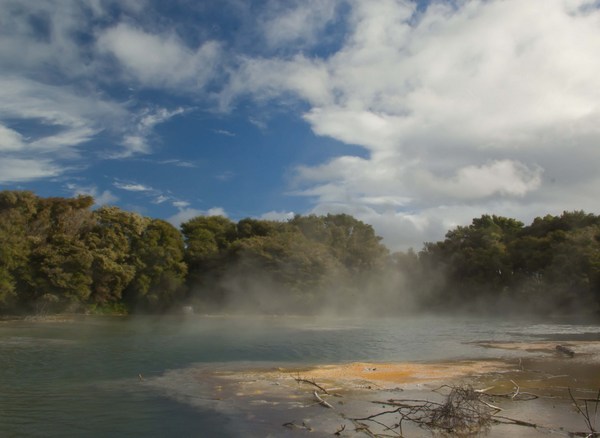
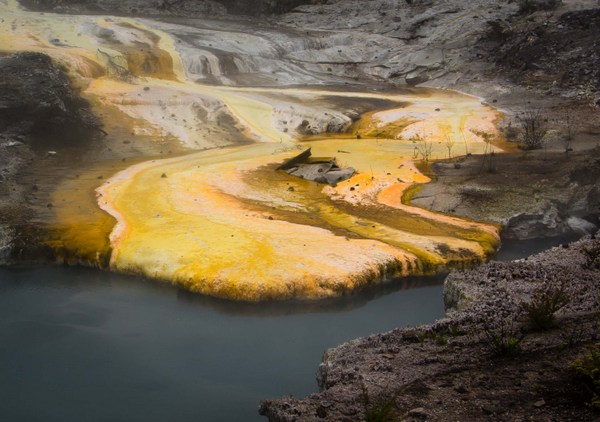
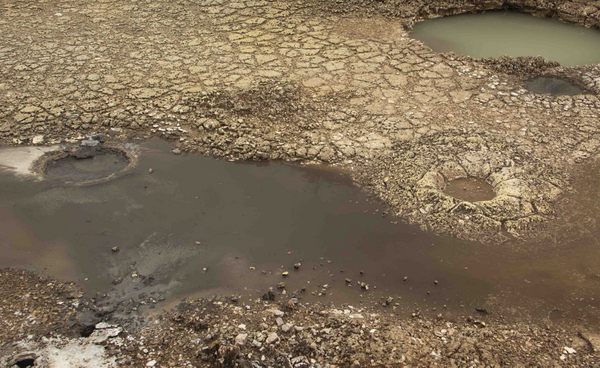
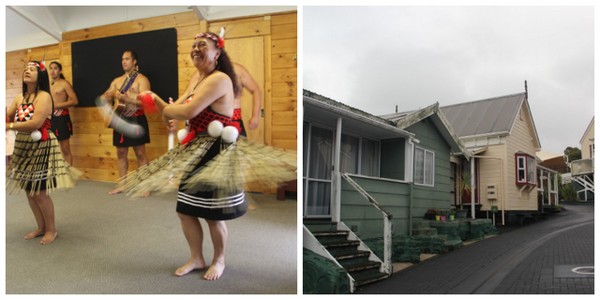
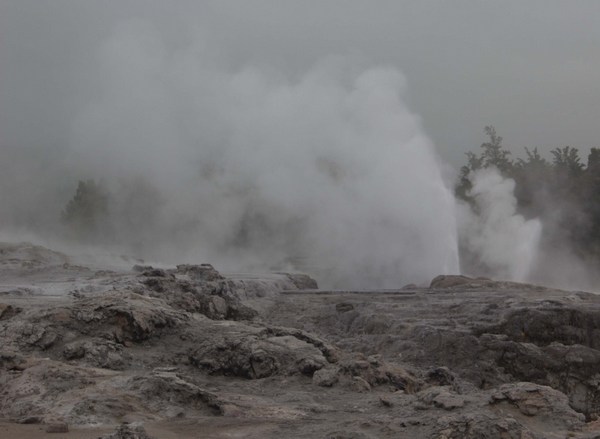
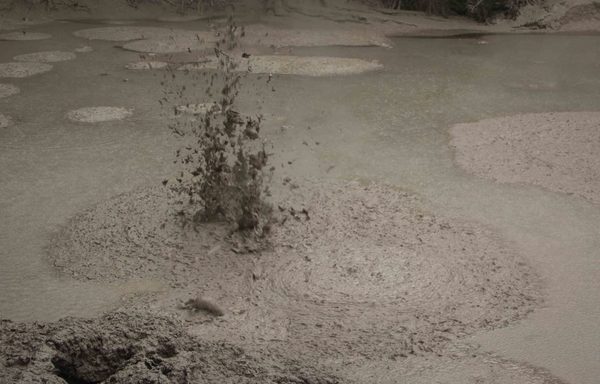
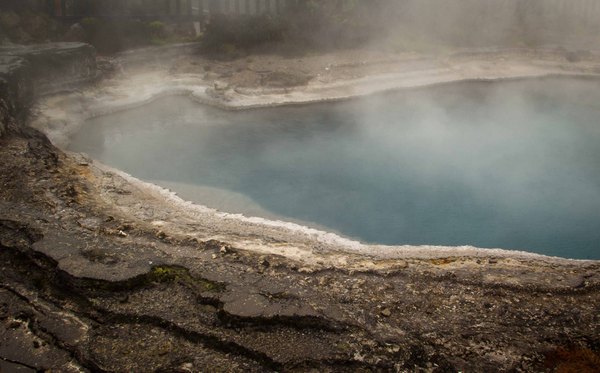
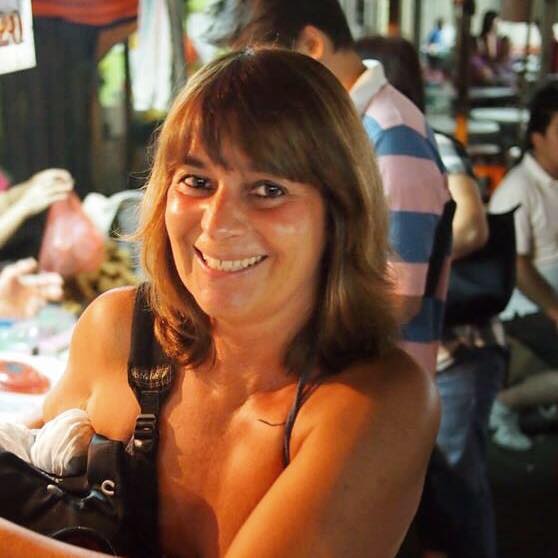

I love this post. I’ve been here in Auckland since last Sunday and the road trips out of the city was the most exciting. We went to Orakei Korako near thermal caves near Taupo town and it was just like how you described it.
I wished we had more time to discover more places. Perhaps I shall return, to the south for more road trips in New Zealand.
If you liked the area around Auckland you would definitely fall in love with South Island. It’s really worth that you go back to discover and enjoy the incredible beauty that can be found everywhere in South Island
I’m really enjoying reading your posts! I’ve got 2 days left to plan for my trip to NZ in March and I’m torn between going to New Plymouth/Hamilton, Cathedral Cove, Waiheke Island, and just poking around Auckland! You’re not making it an easy choice because I keep adding new places to the list!
I’m so glad you enjoy the reading, Alison, and that you can find a little inspiration. New Plymouth is nice but nothing special, so if you are short of time I guess you can easily skip it. Cathedral cove, on the contrary, is just stunning, especially if you have good weather, and I would definitely advise you to go and visit it! Stay tuned. Lots more on New Zealand is coming soon!
I just wrote about my experiences in Rotorua last June on my own blog. I was a little underwhelmed, but, to be fair, I wasn’t there too long as I left early because the crowds on Queen’s Birthday weekend were a little too much for me.
I accept that I didn’t really give it a fair shake, and a return visit in a less crowded time would be a good idea.
Well, Erik, I guess that every one of us has different experiences depending on expectations as well as variables like the weather, the crowds, etc. There were not that many people when I was there – at least in the areas I visited – but probably the really bad weather influenced my day in Rotorua.
Fascinating post! Looks like a very interesting place to visit…it has always been my dream to go to New Zealand so I love learning more about the place so I can know as much as possible when I eventually travel there!
New Zealand is such an amazing country that it’s hard not to fall in love. I hope you’ll get the chance to visit it some day, Andrea.
Glad you enjoyed Rotorua, but I cant agree that one day is enough to see it all. You could easily spend a week there so long as you have a car – there’s HEAPS to do all around and its also a good centre to base yourself in to see a lot of the mid-North Island within a couple of hours drive.
Thanks for your comment, Robyn. You’re certainly right and I can easily imagine there’s much more to do and see provided one has a car and enough time. I am traveling with Straybus, which is a great option for single travelers but of course also implies having to adapt to an itinerary and schedule. Should I come back one day and hire a car, I’ll certainly spend more time in Rotorua as you suggest.